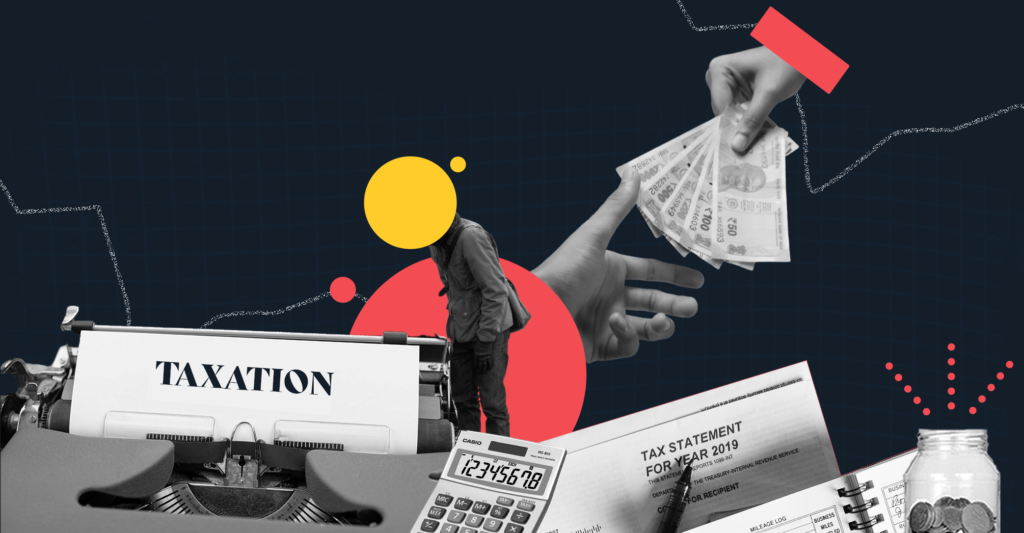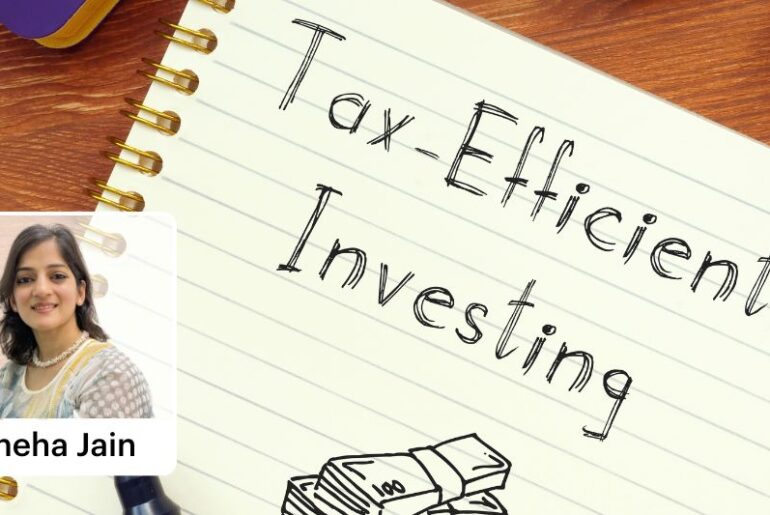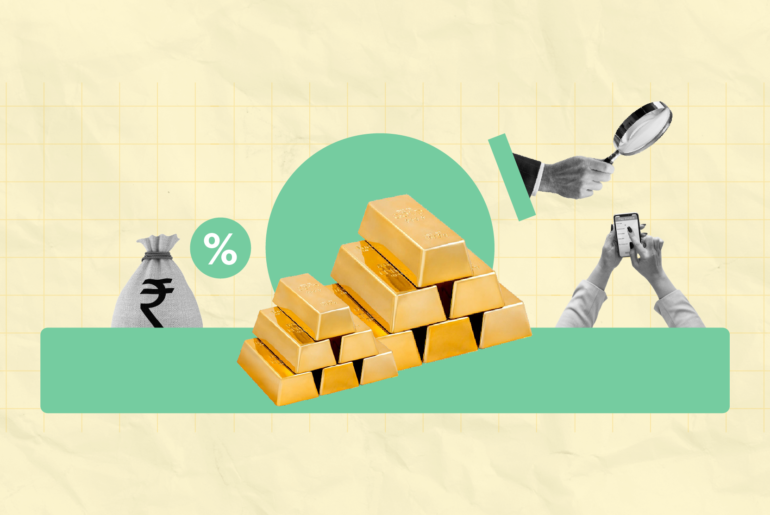Last Updated on Jun 8, 2023 by Harshit Singh
When it comes to tax regimes, individuals often find themselves contemplating which tax regime to opt for – new or old. With both tax regimes having pros and cons, this article will determine which tax regime is a better choice for you. Let’s explore the new tax regime vs. old tax regime.
Table of Contents
Old Tax Regime
In the old regime, the taxpayer had access to more than 70 exemptions and deductions, including HRA (House Rent Allowance) and LTA (Leave Travel Allowance), which decreased their taxable income and reduced their tax liabilities. Moreover, under Section 80C, a taxpayer can avail substantial deduction on taxable income of up to Rs. 1.5 lakh.
However, with the introduction of a new tax regime, a taxpayer can be presented with a choice between the old and new tax regimes, allowing them to decide which option suits their circumstances best. To select the old tax regime, a taxpayer must file Form 10IE, and the due date is 31st July 2023.
New Tax Regime
With changes in tax slabs and new concessional tax rates for taxpayers, the new tax regime is filled with much optimism for the taxpayer. However, individuals who choose the new regime can no longer claim several exemptions and deductions, including HRA, LTA, 80C, 80D, and more. The good news is that the tax rebates for individuals have been increased, and income up to Rs. 7 lakh will be tax-free.
Comparison of tax slab of old vs new
| Annual Income | Old Income Tax Slab | New Income Tax Slab |
| Up to Rs. 3 lakh | Nil | Nil |
| Rs. 3-6 lakh | 5% | 5% |
| Rs. 6-9 lakh | 20% | 10% |
| Rs. 9-12 lakh | 30% | 15% |
| Rs. 12-15 lakh | 30% | 20% |
| Rs. 15 lakh and above | 30% | 30% |
Major differences between new and old tax regime
Some contrasting differences between the new and old tax regimes are –
- Higher tax rebate limit: The new regime introduced a full tax rebate on income up to Rs. 7 lakh, whereas the threshold for this rebate under the old tax regime was Rs. 5 lakh.
- Streamlined tax slabs: The tax exemption limit has been raised to Rs. 3 lakh.
- Reduced surcharge for high net worth individuals: To provide relief to high net worth individuals, the surcharge rate on income exceeding Rs. 5 cr. has been decreased from 37% to 25%. As a result, the effective tax rate for this category of taxpayers will be reduced from 42.74% to 39%.
- Higher leave encashment exemption: For non-government employees, the exemption limit for leave encashment has been increased from Rs. 3 lakh to Rs. 25 lakh, marking a significant eight-fold increase. This change allows individuals to enjoy a higher exemption on the amount received upon encashing their accumulated leave.
Notable deductions under Old Tax Regime vs New Tax Regime
| Particulars | Old Tax Regime | New Tax Regime (Applicable from 1st April 2023) |
| Income level for rebate eligibility | Rs. 5 lakh | Rs. 7 lakh |
| Standard Deduction | Rs. 50,000 | Rs. 50,000 |
| Effective Tax-Free Salary income | Rs. 5.5 lakh | Rs. 7.5 lakh |
| Rebate u/s 87A | Rs. 12,500 | Rs. 25,000 |
| HRA Exemption | Yes | No |
| Leave Travel Allowance (LTA) | Yes | No |
| Other allowances including food allowance of Rs 50/meal subject to 2 meals a day | Yes | No |
| Standard Deduction (Rs 50,000) | Yes | Yes |
| Entertainment Allowance and Professional Tax | Yes | No |
| Perquisites for official purposes | Yes | Yes |
| Interest on Home Loan u/s 24b on: Self-occupied or vacant property | Yes | No |
| Interest on Home Loan u/s 24b on: Let-out property | Yes | Yes |
| Deduction u/s 80C (EPF | LIC | ELSS | PPF | FD | Children’s tuition fee etc) | Yes | No |
| Employee’s (own) contribution to NPS | Yes | No |
| Employer’s contribution to NPS | Yes | Yes |
| Medical insurance premium – 80D | Yes | No |
| Disabled Individual – 80U | Yes | No |
| Interest on education loan – 80E | Yes | No |
| Interest on Electric vehicle loan – 80EEB | Yes | No |
| Donation to Political party/trust etc – 80G | Yes | No |
| Savings Bank Interest u/s 80TTA and 80TTB | Yes | No |
| Other Chapter VI-A deductions | Yes | No |
| All contributions to Agniveer Corpus Fund – 80CCH | Yes | Yes |
| Deduction on Family Pension Income | Yes | Yes |
| Gifts upto Rs 5,000 | Yes | Yes |
| Exemption on voluntary retirement 10(10C) | Yes | Yes |
| Exemption on gratuity u/s 10(10) | Yes | Yes |
| Exemption on Leave encashment u/s 10(10AA) | Yes | Yes |
| Daily Allowance | Yes | Yes |
| Conveyance Allowance | Yes | Yes |
| Transport Allowance for a specially-abled person | Yes | Yes |
Conclusion
Both regimes have their merits and drawbacks. For example, the old regime encourages saving habits, while the new regime benefits employees with lower earnings and investments, resulting in fewer deductions and exemptions. In addition, the new regime offers simplicity and reduces the potential for tax evasion fraud. However, due to the individual variations in deductions and exemptions, it is important to compare both regimes to determine the most suitable option for yourself.
FAQs
Which tax regime is better for an individual with a salary of Rs. 7 lakh?
The only consolation in the new tax regime is that the tax exemptions have been extended to Rs. 3.5 lakh is greater than the old income tax regime; in this case, you should consider professional advice to conclude which tax regime is better for you.
How can I still apply for the old income tax regime?
By filling the Form 10IE during ITR submission, you can get tax exemptions on the old income tax slab.
- Best Multi Cap Funds in India (2025): Top Equity SIPs - Apr 15, 2025
- Top Performing Mid Cap Funds in India (2025) - Apr 15, 2025
- List of Top Gainer Shares in Nifty 500 Listed on NSE (2025) - Apr 15, 2025




